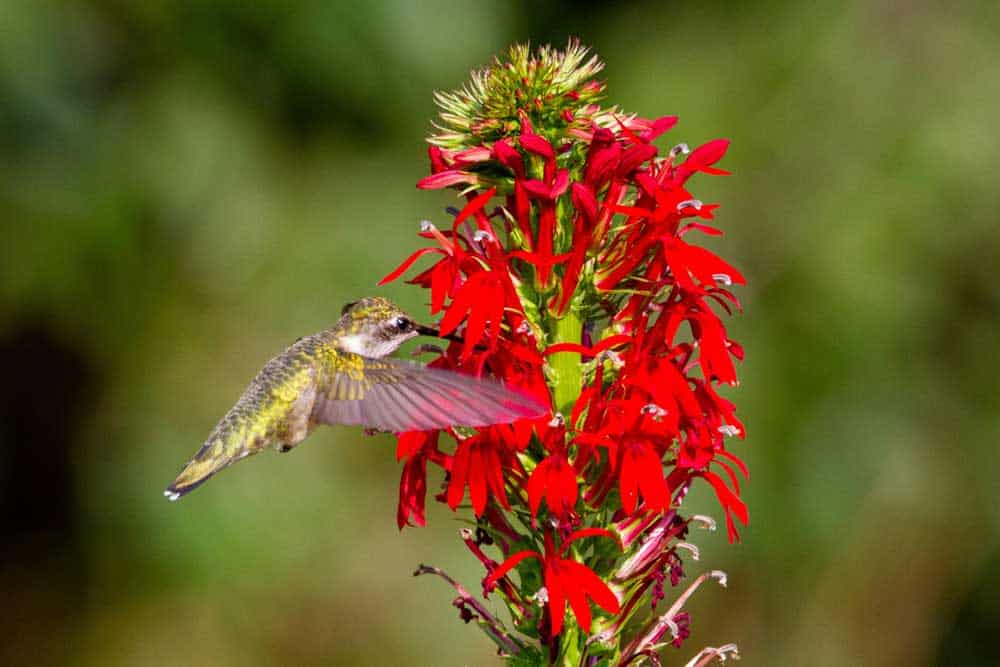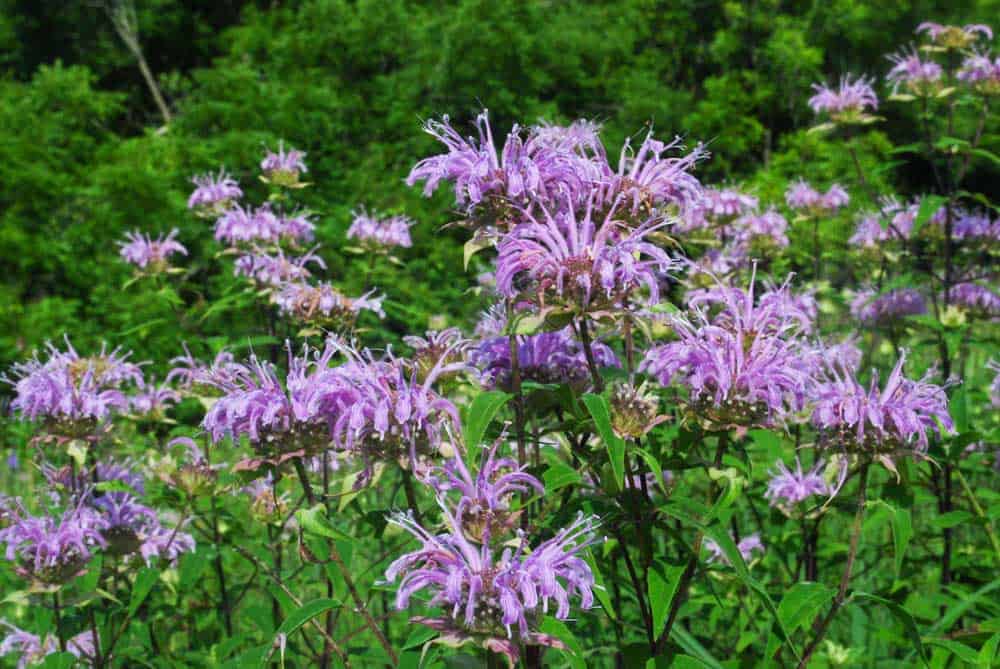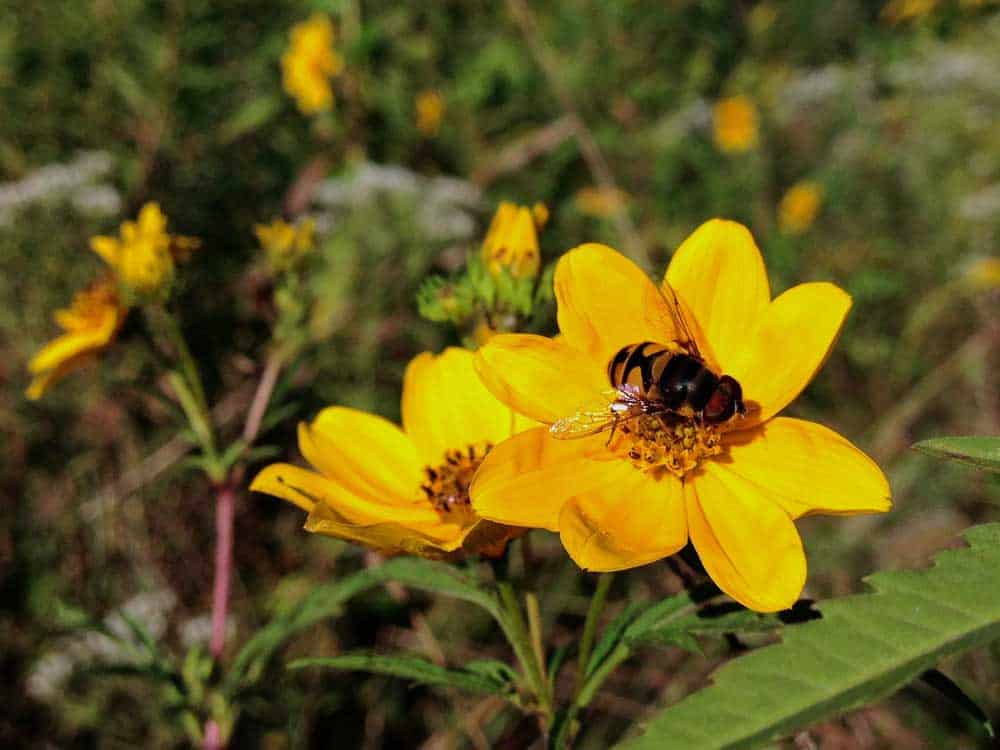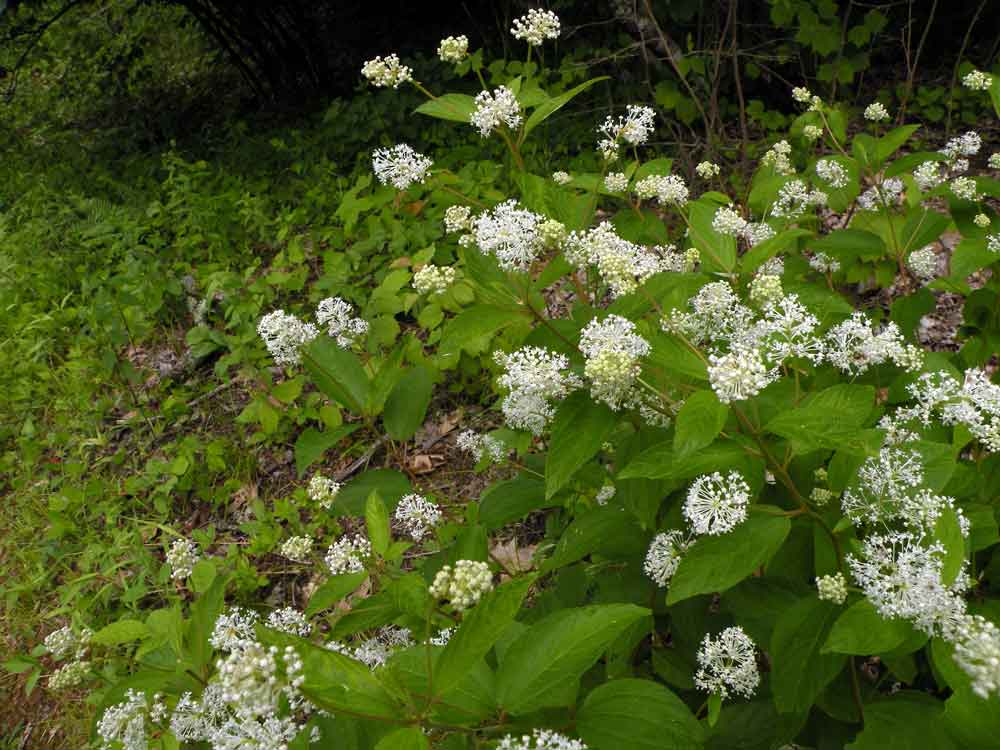Fisherville, TN (38017)
Native plants are essential for maintaining local ecosystems and biodiversity. This guide presents a curated list of 20 native plants ideal for gardens and landscapes in Fisherville, Tennessee, part of the Mississippi Alluvial Plain ecoregion. These plants, selected for their ecological benefits, aesthetic appeal, and ease of care, include perennial and annual forbs, grasses, shrubs, and trees. They are chosen based on their value to pollinators and wildlife, their contribution to a diverse and visually appealing landscape, and their adaptability to western Tennessee’s typically flat and fertile terrain.
Location and Ecoregion

The Mississippi Alluvial Plain ecoregion of western Tennessee is home to a diverse array of native plant species that are well-adapted to the region’s climate and soil conditions. This curated list features 20 of the best native perennial and annual forbs, grasses, shrubs and trees for attracting pollinators and wildlife while creating a vibrant, low-maintenance garden or landscape in Fisherville and the surrounding area.
Selection Criteria

The selection criteria for the 20 native plants prioritize species that:
- Offer significant value to pollinators and wildlife by providing food, shelter, or acting as host plants
- Contribute to a diverse and visually appealing garden or landscape with varied bloom times, colors, and textures
- Are relatively low-maintenance and easy to grow for the average home gardener, considering factors such as drought tolerance and adaptability to local soil conditions
- Are typically available at retailers and nurseries who specialize in locally appropriate native plant species
These criteria ensure that the chosen plants not only support the local ecosystem but also create an attractive and manageable landscape.
List of Native Plants
Perennial Forbs

Purple Coneflower (Echinacea purpurea) – Drought-tolerant and low-maintenance, this native perennial attracts bees and butterflies with vibrant pink-purple blooms from midsummer to fall.
Butterfly Milkweed (Asclepias tuberosa) – Provides striking orange blooms in summer, supports monarch butterfly populations as a larval host plant, and thrives in poor, dry soils.
Black-eyed Susan (Rudbeckia hirta) – Hardy perennial with bright yellow flowers that attract bees and butterflies, blooming from summer to fall.
Wild Bergamot (Monarda fistulosa) – Fragrant perennial that attracts bees, butterflies, and hummingbirds with lavender blooms in summer.
Cardinal Flower (Lobelia cardinalis) – Moisture-loving perennial with striking red flowers that attract hummingbirds and butterflies.
Annual Forbs
Partridge Pea (Chamaecrista fasciculata) – An annual legume that provides nectar for bees and butterflies while improving soil fertility through nitrogen fixation.
Plains Coreopsis (Coreopsis tinctoria) – Bright yellow and red flowers attract bees and butterflies throughout the summer.
Swamp Marigold (Bidens aristosa) – Attracts pollinators with its yellow daisy-like flowers and tolerates moist soils.
Sawtooth Sunflower (Helianthus grosseserratus) – Tall annual with large yellow flowers that provide nectar and seeds for birds and pollinators.
Narrowleaf Mountain Mint (Pycnanthemum tenuifolium) – Aromatic foliage and white flowers attract a variety of pollinators, including bees, butterflies, and moths.

Grasses
Big Bluestem (Andropogon gerardii) – Tall native grass that provides habitat and food for wildlife, with attractive seed heads in late summer.
Little Bluestem (Schizachyrium scoparium) – Drought-tolerant grass with blue-green foliage that turns reddish-orange in fall, providing cover and food for wildlife.
Indian Grass (Sorghastrum nutans) – Clump-forming grass that provides habitat and food for birds and insects, with golden seed heads in late summer.
River Oats (Chasmanthium latifolium) – Shade-tolerant grass with attractive, drooping seed heads that persist into winter, providing food for birds.
Fox Sedge (Carex vulpinoidea) – Clump-forming sedge that thrives in moist soils and provides cover and food for wildlife.
Shrubs
New Jersey Tea (Ceanothus americanus) – Low-growing shrub with white flower clusters that attract bees and butterflies, tolerates dry soils.
Virginia Sweetspire (Itea virginica) – Fragrant white flower spikes in early summer and brilliant red fall foliage, attracts butterflies and bees.
American Beautyberry (Callicarpa americana) – Clusters of bright purple berries in fall provide food for birds, pink flowers attract pollinators in summer.
Buttonbush (Cephalanthus occidentalis) – Unique spherical white flower heads attract bees and butterflies, tolerates wet soils and provides cover for wildlife.
Tall Shrubs/Small Trees
Eastern Redbud (Cercis canadensis) – Early spring blooms of pink-purple flowers provide nectar for bees, and heart-shaped leaves turn yellow in fall.
Serviceberry (Amelanchier arborea) – White spring flowers give way to edible berries for birds, and leaves provide yellow to red fall color.

Trees
Bald Cypress (Taxodium distichum) – Deciduous conifer adapted to wet soils, provides habitat for birds and wildlife.
Swamp White Oak (Quercus bicolor) – Tolerates poorly drained soils, provides acorns for wildlife and golden-brown fall color.
River Birch (Betula nigra) – Attractive exfoliating bark and resistance to heat and drought, provides cover and habitat for wildlife.
The native shrubs, small trees, and trees listed provide multiple benefits in a garden or landscape, including attracting pollinators, providing food and shelter for wildlife, offering ornamental value through flowers and fall foliage, and adapting to the unique growing conditions of the Mississippi Alluvial Plain ecoregion in Fisherville, TN. By incorporating a diverse mix of these native plants, gardeners can create beautiful, low-maintenance, and ecologically valuable landscapes that support the local ecosystem.
